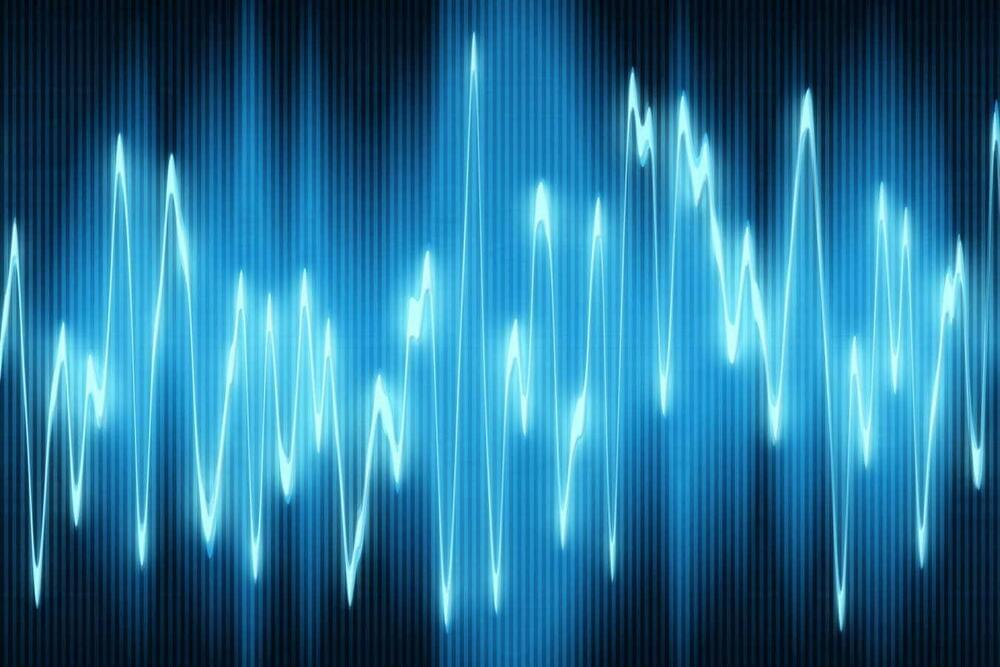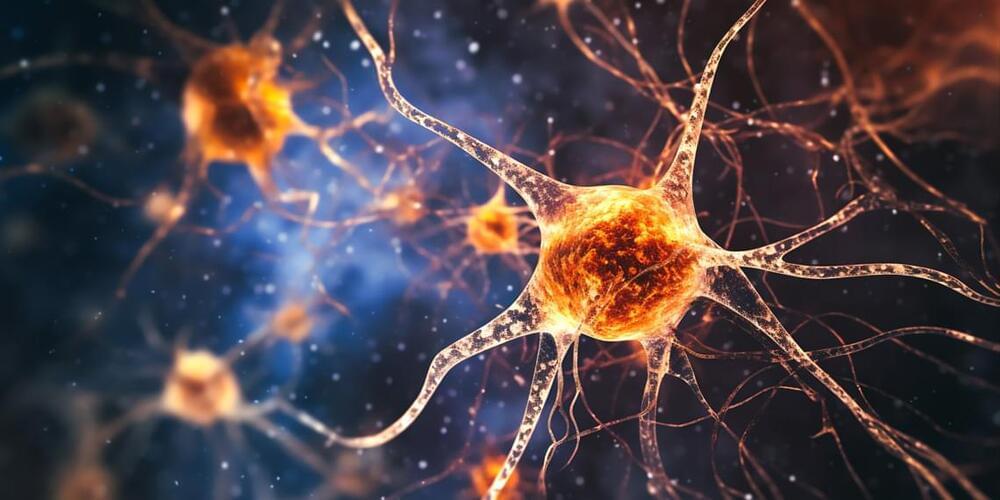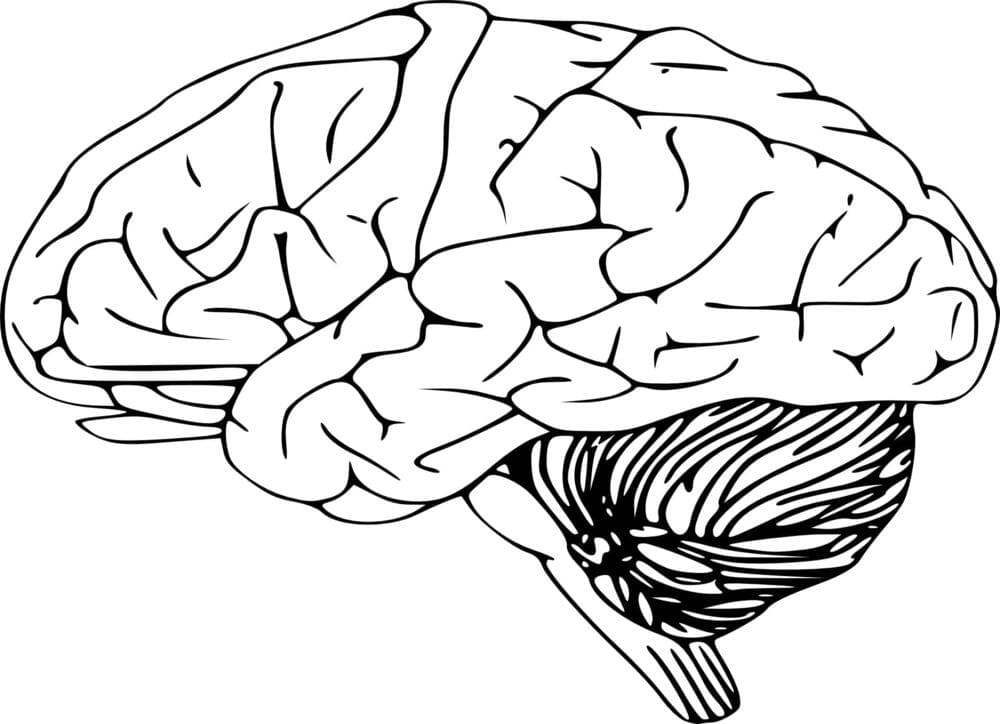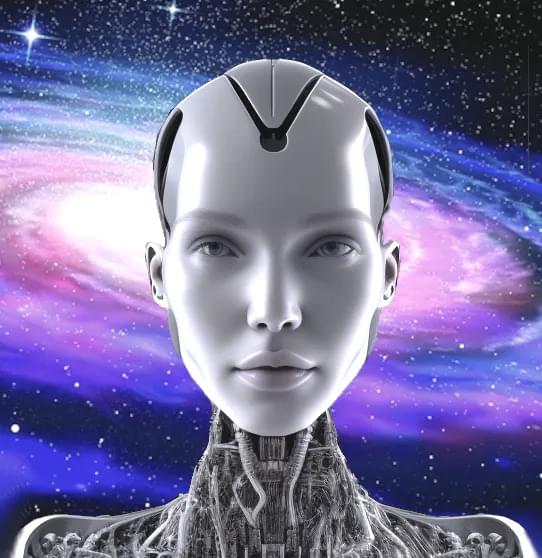The Discovery of a Volcanically Active Exoplanet. Perhaps a bit like Mustafar in Star Wars? For more info, see my blog at Big Think — with direct link at:
Posted on Big Think.



A chip-sized device can manipulate particles of sound in a way that mimics how particles of light are used in light-based quantum computers, opening the door for building sound-based quantum computers.

Chemical signals from contracting muscles can influence the growth of brain networks, according to new research published in Neuroscience. The study highlights the importance of physical activity to mental health, and the findings could also help contribute to the development of more effective treatments for cognitive disorders such as Alzheimer’s disease.
Previous studies had shown that exercise has significant benefits for cognitive health, even when initiated at late stages in life. Exercise has been associated with long-term changes in the hippocampus, a brain region crucial for learning and memory, including increased neurogenesis, synaptogenesis, and enlarged volume.
However, the specific mechanisms through which exercise produces these changes in the hippocampus were not well understood. By uncovering these mechanisms, the authors behind the new study aim to develop exercise-based treatments for cognitive pathologies that affect the hippocampus, such as Alzheimer’s disease, stress, depression, anxiety, and normal aging.

Scientists at the University of Texas at Austin have created a “semantic brain decoder” to guess someone’s thoughts based on brain activity.
During tests, it captured the gist of what someone was thinking, rather than a literal translation. And if participants resisted, it produced gibberish.
The decoder, written about in the journal Nature Neuroscience in May, is novel, said Edmund Lalor, an associate professor of neuroscience at the University of Rochester. But its threat to privacy is minimal.
The future of artificial intelligence and video games with their relation to simulation theory, and whether or not we may already be in a virtual world controlled by some other form of intelligence.
Deep Learning AI Specialization: https://imp.i384100.net/GET-STARTED
AI Marketplace: https://taimine.com/
AI news timestamps:
0:00 AI simulation theory intro.
0:59 The rise.
1:25 Controversies.
1:52 Full immersion.
2:22 The new era.
2:41 Bio activation.
5:54 Multi level simulation.
6:22 Beyond.
#ai #future #technology

Since I don’t work for any large companies involved in AI, nor do I anticipate ever doing so; and considering that I have completed my 40-year career (as an old man-now succesfully retired), I would like to share a video by someone I came across during my research into “True Open Source AI.”
I completely agree with the viewpoints expressed in this video (of which begins at ~ 4 mins into the video after technical matters). Additionally, I would like to add some of my own thoughts as well.
We need open source alternatives to large corporations so that people (that’s us humans) have options for freedom, and personal privacy when it comes to locally hosted AIs. The thought of a world completely controlled by Big Corp AI is even more frightening than George Orwell’s “Big Brother.” I believe there must be an alternative to this nightmarish scenario.

“Intelligence supposes goodwill,” Simone de Beauvoir wrote in the middle of the twentieth century. In the decades since, as we have entered a new era of technology risen from our minds yet not always consonant with our values, this question of goodwill has faded dangerously from the set of considerations around artificial intelligence and the alarming cult of increasingly advanced algorithms, shiny with technical triumph but dull with moral insensibility.
In De Beauvoir’s day, long before the birth of the Internet and the golden age of algorithms, the visionary mathematician, philosopher, and cybernetics pioneer Norbert Wiener (November 26, 1894–March 18, 1964) addressed these questions with astounding prescience in his 1954 book The Human Use of Human Beings, the ideas in which influenced the digital pioneers who shaped our present technological reality and have recently been rediscovered by a new generation of thinkers eager to reinstate the neglected moral dimension into the conversation about artificial intelligence and the future of technology.
A decade after The Human Use of Human Beings, Wiener expanded upon these ideas in a series of lectures at Yale and a philosophy seminar at Royaumont Abbey near Paris, which he reworked into the short, prophetic book God & Golem, Inc. (public library). Published by MIT Press in the final year of his life, it won him the posthumous National Book Award in the newly established category of Science, Philosophy, and Religion the following year.

The new Meta Quest 3 will cost $500 and ship in the fall, the company said in a blog post Thursday. Meta, which also owns Facebook and Instagram, said it will continue to sell the Quest 2 model at a lower price, $300, to help “even more people access the magic of VR.”
Meta is girding for a fight with Apple in the still-nascent world of mixed reality headsets, which meld augmented and virtual reality. Apple plans to introduce its first entry to the market on Monday at its Worldwide Developers Conference, Bloomberg has reported. That device is expected to be more powerful than the Meta product but also far more expensive, with an anticipated price of roughly $3,000.
Meta currently dominates the market for VR headsets, which it sees as key to its vision of the metaverse — interlocking online worlds where people live, work and play. But it’s struggled to build mainstream acceptance of the devices. It cut prices of its Quest Pro model earlier this year after demand was lower than expected.
The Vision Pro is Apple’s bold entry into the world of spatial computing, and it seems like the company has learned a lot from the VR and AR headsets before it. The front of the device features an OLED screen that can display your eyes, making you more connected to the people in the real world. Its springy side bands and ribbed rear headband look like suitably high-end. And, simply put, it has the wow factor you’d expect from a prestige Apple product.
Still, there’s plenty of cause for concern. The required battery pack is a bit un-Apple, since you’ll have to stuff it into your pocket or find somewhere to store it. And we’ve yet to see someone wearing this headset in the real world. Apple’s event staff stressed that we couldn’t touch the Vision Pro or lean too close. And of course, we won’t see if Apple’s spatial computing vision lives up to its slick promotional videos until we can actually wear this thing.
At the very least, though, the Vision Pro makes me hopeful about the future of spatial computing. Recent headsets, like Sony’s PlayStation VR2 and the Meta Quest Pro, have made the limits of virtual reality very clear. They’re a bit too isolated from the real world, and they’re mainly focused on games. The Vision Pro, on the other hand, is a glimpse at a world beyond screens.